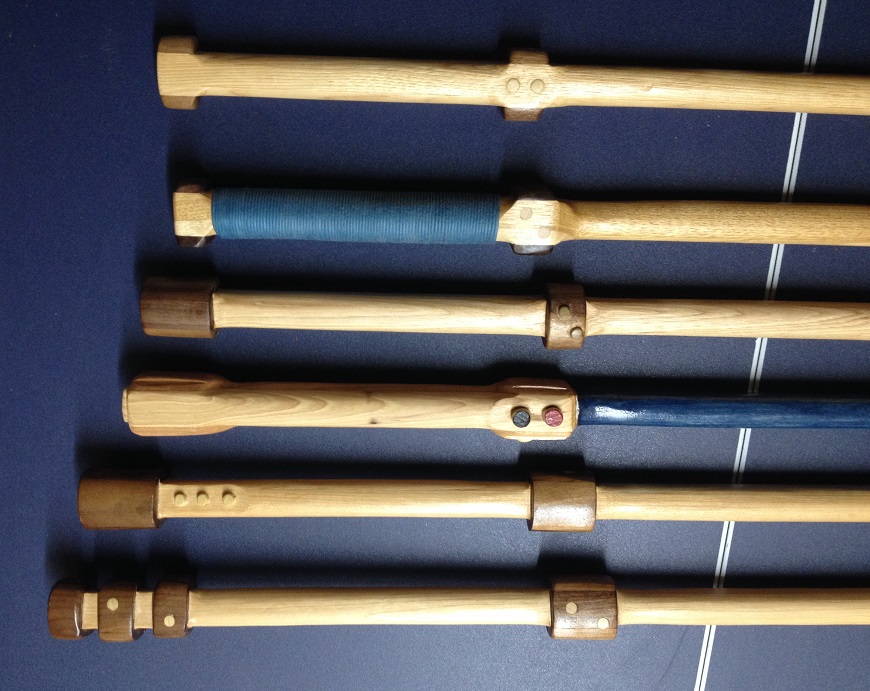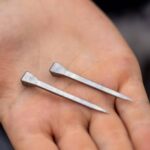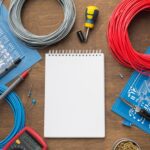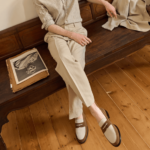If you’re looking to buy your first bokken, whether it’s for Kendo, Iaido, Aikido or any koryu traditional martial art, you might get overwhelmed by the amount of choice you’ll be faced with and all the subtle differences between bokkens that are seemingly the same. For this reason, you should learn as much as you can about the bokken before you start shopping for one, in order to ensure you get the right one for you.
There are three basic factors to keep in mind when shopping for bokkens – material, shape, and size. These pieces come with a wide range of characteristics, which depend on the attributes of the material they’re created from. Premium bokken manufacturers use high-quality wood such as red oak, isu, white oak, sunuke, tetsuboku, camelia, ebony, and kiri. However, not all of these types of wood are used for actual practicing, as some of them are regarded as high-grade, and bokken made out of them are made for display purposes.
For actual practicing, you should choose between red and white oak. Oak is very durable and strong, and it doesn’t get damaged easily, making it ideal for both beginners and professional martial arts students. The difference between red and white oak is in the weight, with white oak being slightly heavier. Red oak is lighter, which makes it perfect for people who want to perform repetitive strike exercises, women and younger practitioners.
In terms of size, you can decide between three types of bokken – short, medium and long. Most people opt for long ones, but that all depends on the type of martial arts you’ll be practicing with it. Nito and Kendo Kata practitioners use both short and long bokkens equally. Medium sized ones are suitable for juniors and children, as well as practitioners who feel that the long bokken is too big for them.
When it comes to shape, most bokkens are a shape known as Miyakonojo, which is considered the standard bokken shape. Although Miyakonojo is great for martial arts like Aikido, Kendo and Iaido, some koryu traditional martial arts require a special shape that will depend on the gym you’re practicing in, such as Kurama-ryū, Niten Ichi-ryū, Jikishikage-ryū and many more. Furthermore, there are suburi bokkens which are constructed with a heavier blade and are used for strength training and endurance.
If you carefully consider these three important factors of the bokken, then you’re unlikely to make the wrong choice. Consult your instructor if you have any doubts about the size, shape, and material the bokken you buy should be made of.



